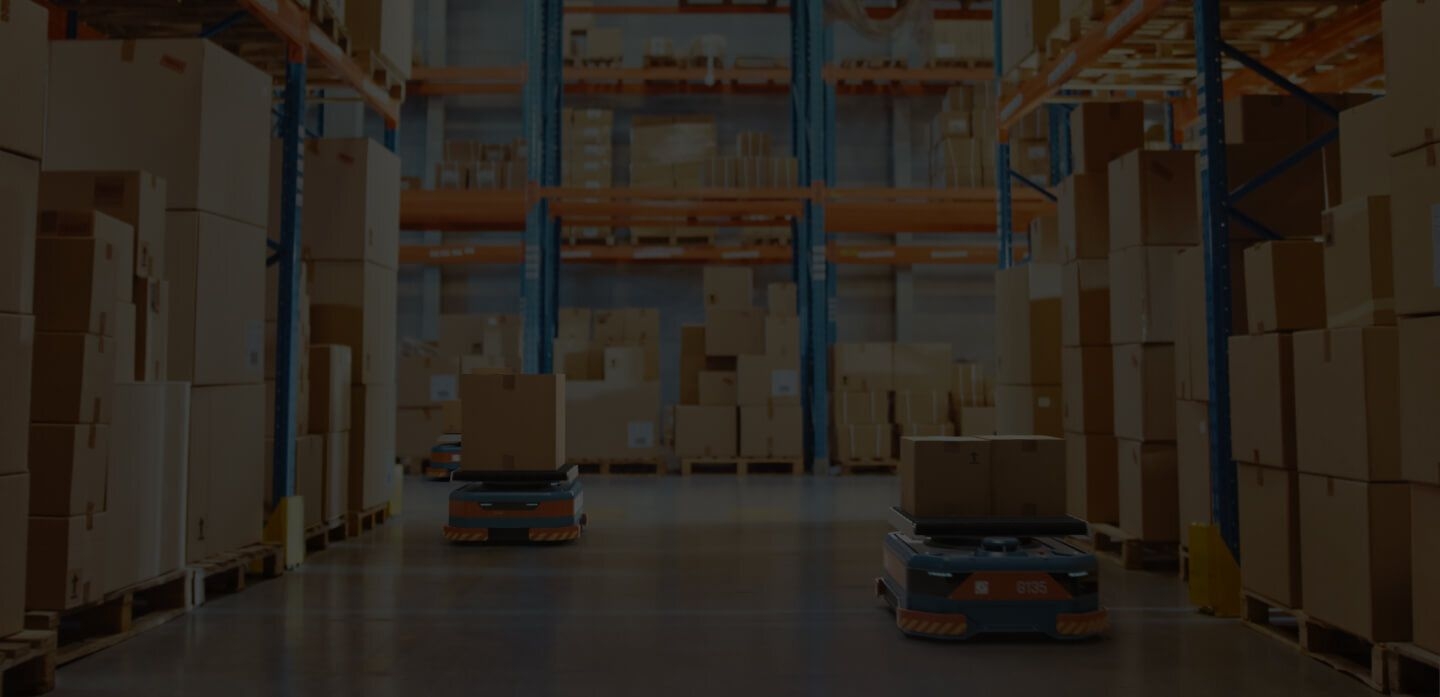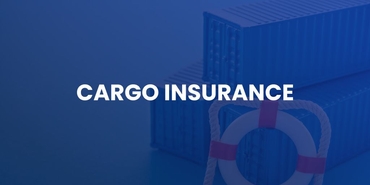
What is Amazon FBA?



![]()
How does Amazon FBA work
Amazon FBA, or in other words, Fulfillment By Amazon, is a service by Amazon that helps third-party merchants selling on its site store and manage their inventory.
As a third-party seller on Amazon, you have the option of either handling your stock yourself, outsourcing it to an external fulfillment service, or using FBA.
With Amazon’s FBA, you store your inventory in Amazon’s very own warehouses and benefit from Amazon’s fulfillment services.
Use Amazon’s revenue calculator to compare the costs of handling your own fulfillment and using FBA.
Amazon FBA benefits
By choosing Amazon FBA, you’re allowing Amazon to take over the storage, packing, and delivery of your goods to your buyers. Plus, Amazon will also provide shipment tracking and handle returns. All this is managed and carried out under Amazon’s own seller guidelines.
What this means is buyers purchasing items listed under FBA can select Amazon’s free shipping (on eligible orders) and Amazon Prime members can even opt for the free two-day shipping option on your items.
Amazon will also handle customer service and buyers can reach out to its customer support team 24⁄7.
Buyers can also take advantage of Amazon’s Online Returns Center for convenient item returns as and when necessary. Note that Amazon will charge third-party merchants a returns processing fee in the event of returns.
How to ship to Amazon FBA
As soon as you have secured your merchandise, be it from your own factory or acquired from another supplier, you should begin to do your research on how to get them shipped to Amazon FBA warehouses.
To do this, you’ll first require an Amazon Seller Account. This is where you’ll create your product listings and prepare your shipment to Amazon fulfillment centers, including creating a shipping plan, selecting your products, and tracking your shipment.
Just like all freight shipments, Amazon FBA shipping costs depend on the nature of your product (volume, weight, type, etc), the type of container and its dimensions you need, whether you’re shipping FCL or LCL, where you’re sending from, to which Amazon fulfillment center you’re sending, etc.
When preparing your shipment, remember to provide instructions on any special considerations on how to handle the merchandise. This applies especially to goods that are more sensitive to external changes such as temperature and humidity and anything that can affect the quality of the product.
If you’d like to spread your shipments out, you can split them up and deliver them to multiple Amazon warehouses. For more information, contact your freight forwarder.
Amazon fulfillment centers
Amazon has a network of fulfillment centers that are located in over 25 states in mainland US. Their strategic locations are what allow Amazon to facilitate third-party merchants business by guaranteeing efficient and quick delivery times.
Because Amazon warehouse locations change frequently, we strongly advise you to get in touch with Amazon directly to locate the fulfillment center closest to you.
There may be specific requirements for deliveries to fulfillment centers and as such, some truckers and forwarders may implement an extra charge for handling deliveries to Amazon fulfillment centers.
Make sure to put extra effort and time into planning your shipment. If even the slightest detail is wrong, the delivery driver may get rejected and you will accrue extra charges for their delivery. These delays can also result in your not being able to fulfill the promised delivery date to your buyer.
Amazon FBA fees
The two main fees of Amazon FBA are its fulfillment fee and storage fee. These fees are dependent on your item size. Amazon has its own specifications for standard-sized items and also has different charges for oversized items.
Amazon fulfillment fees
Amazon’s fulfillment fees cover the basic management of your merchandise. These range from picking, packing, shipping of purchased goods to clients to providing customer service and handling returns all based on Amazon’s own guidelines.
Amazon FBA storage fees
Storage fees apply to the inventory you’re storing at Amazon fulfillment centers. These are charged on a monthly basis and vary according to your average daily volume.
Note that Amazon FBA storage fees can increase three times or more during the busy holiday period from the months of October to December.
For more information, visit Amazon FBA’s pricing page.
Related Articles


